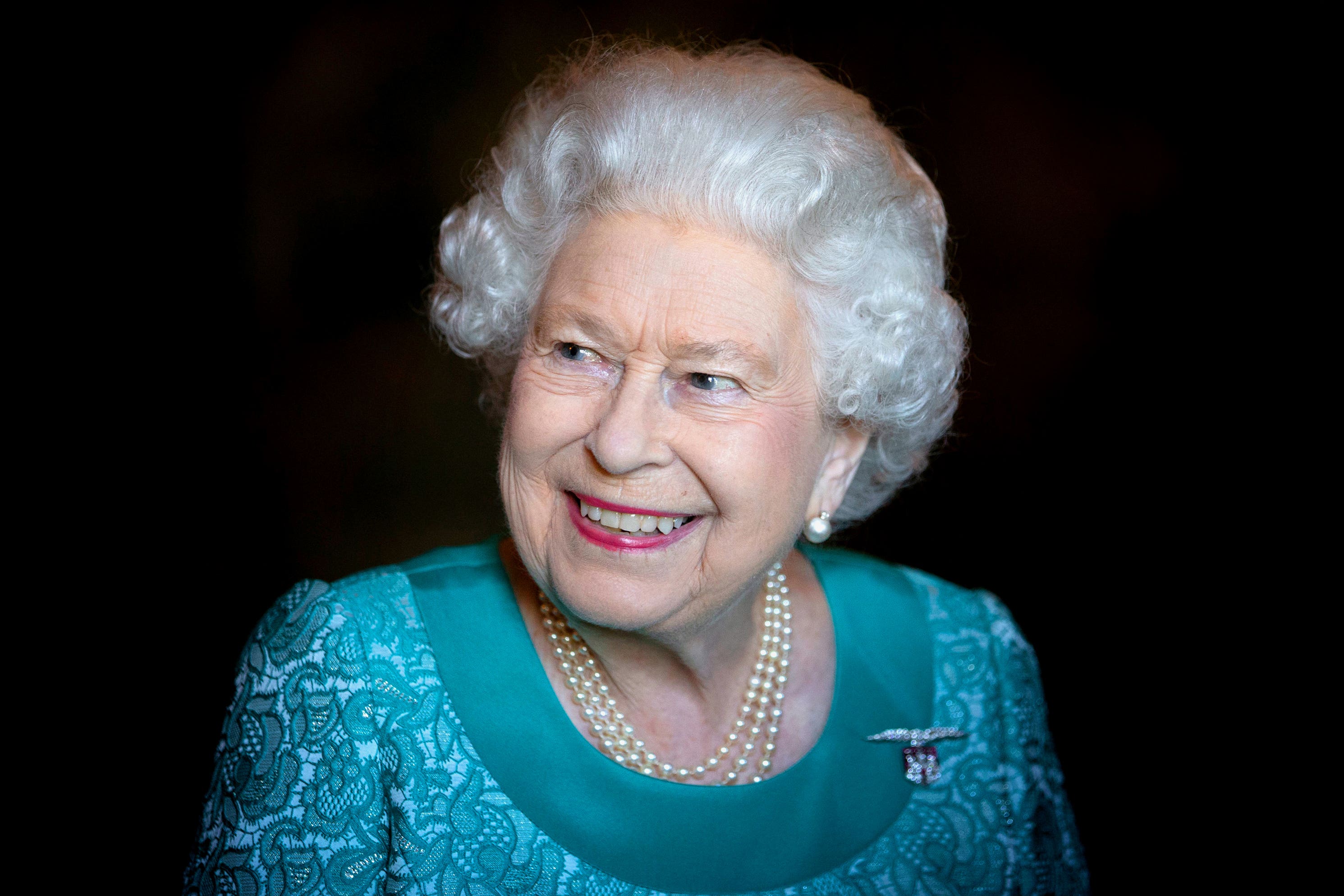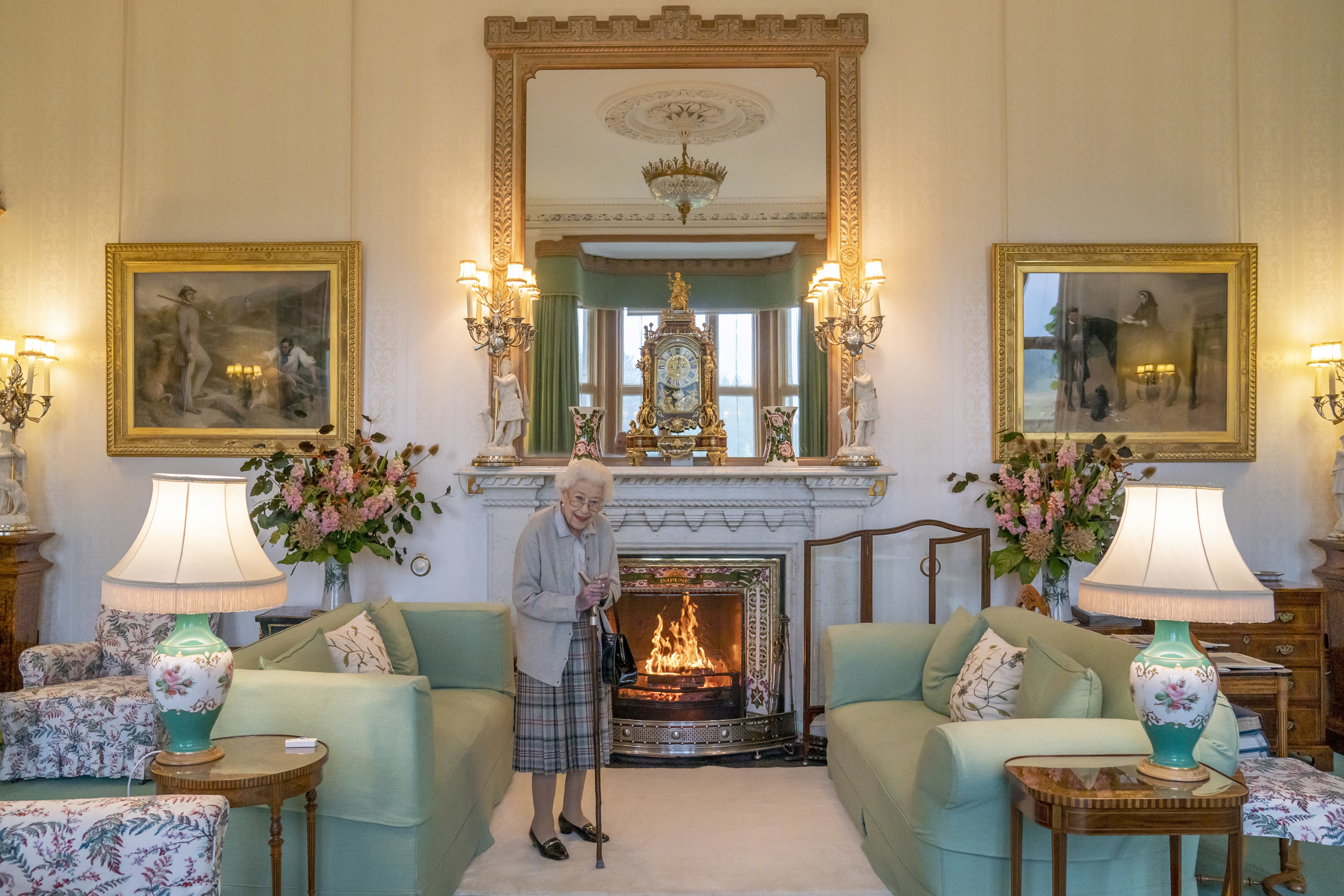Memorial to late Queen could include AI or augmented reality, say organisers
‘Value for money is very much at the top of our minds,’ says committee member of monument set to cost up to £46m

Your support helps us to tell the story
From reproductive rights to climate change to Big Tech, The Independent is on the ground when the story is developing. Whether it's investigating the financials of Elon Musk's pro-Trump PAC or producing our latest documentary, 'The A Word', which shines a light on the American women fighting for reproductive rights, we know how important it is to parse out the facts from the messaging.
At such a critical moment in US history, we need reporters on the ground. Your donation allows us to keep sending journalists to speak to both sides of the story.
The Independent is trusted by Americans across the entire political spectrum. And unlike many other quality news outlets, we choose not to lock Americans out of our reporting and analysis with paywalls. We believe quality journalism should be available to everyone, paid for by those who can afford it.
Your support makes all the difference.A new national memorial to remember the late Queen could incorporate artificial intelligence, augmented reality or other new technology, organisers say.
The government has earmarked a provisional construction budget of £23m-£46m for the permanent monument, which will stand in St James’s Park, central London.
Artists, architects and engineers are being invited to compete to draw up the final design before a shortlist of applicants is announced in spring, and a final winner is announced in the summer.
Members of the Queen Elizabeth II Memorial Committee have told the Times podcast The Royals that the memorial will not necessarily be traditional.
Alex Holmes, deputy chief executive of the Diana Award, said: “Nothing is off the table. As a committee, we are looking into how digital has revolutionised some of the [country’s] attractions, and whether that’s AI or AR (augmented reality), [we’re] really fascinated by that.”
The committee, chaired by Lord Janvrin, the late Queen’s former private secretary, has been canvassing public opinion on how to commemorate the longest reign in British history. Suggestions that the winning design could contain a digital element emerged from focus groups of young people.

Baroness Amos, the former leader of the House of Lords, said: “We do not want to be prescriptive about this. There are a set of guidelines and principles that we have set out. And we are then looking to those artists, those designers, to come up with the best ideas.
“We want a memorial that is beautiful, that speaks to that legacy, but is also fit for the future.”
The committee will discuss the plans with the government, the King and other senior members of the royal family.
Design teams have until 20 January to submit expressions of interest.
Baroness Amos said: “Value for money is very much at the top of our minds. We know that finance and money could easily become a divisive issue and we don’t want it to be.”
Anna Keay, a historian and director of the Landmark Trust who sits on the committee, acknowledged the budget was a lot of money, but added: “I don’t think anyone would thank any of us for doing something on the cheap and then ending up with something which is still a lot of money but a disappointment.”
The committee plans to release the final design on 21 April 21 2026, which would have been the late Queen’s 100th birthday.
Join our commenting forum
Join thought-provoking conversations, follow other Independent readers and see their replies
Comments